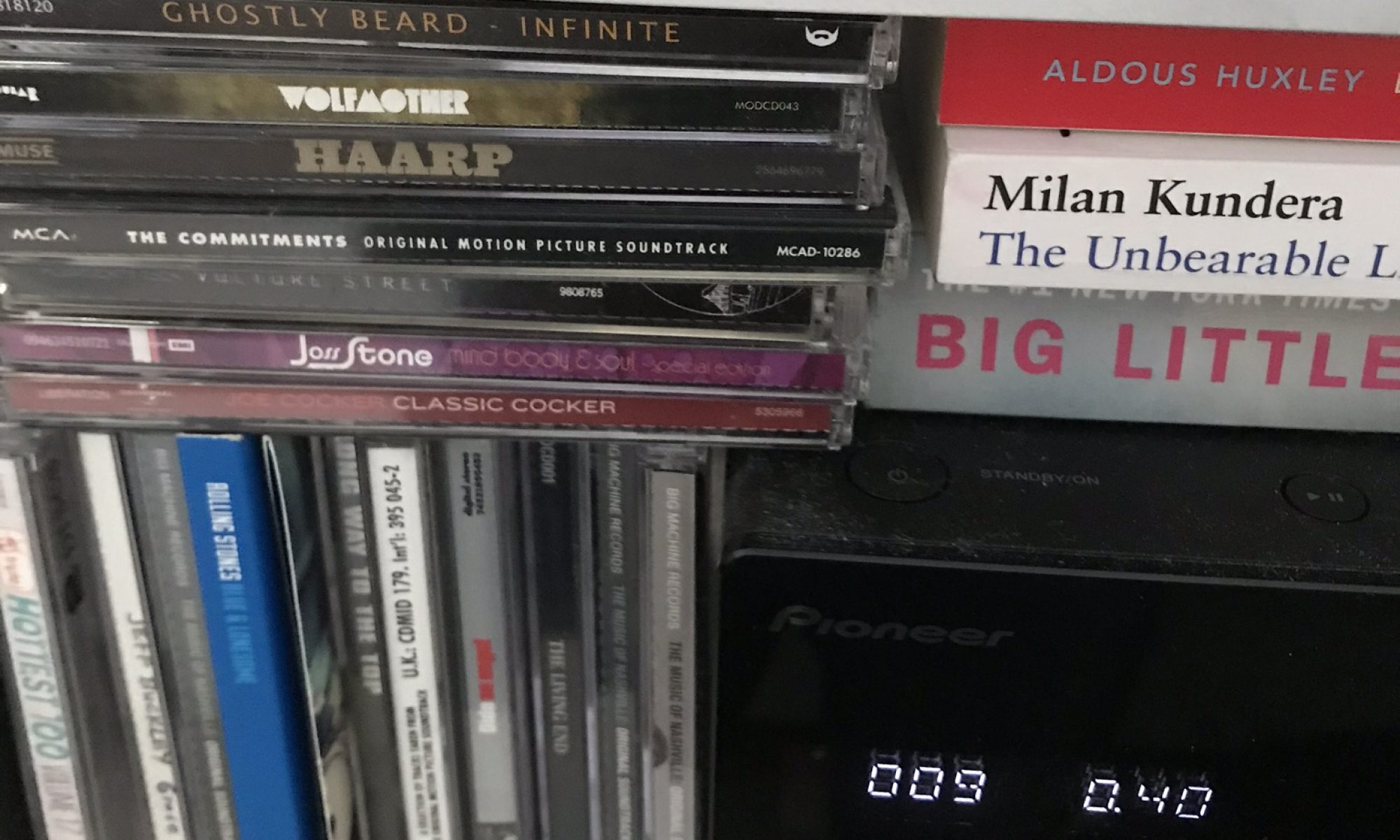This book is fantastic! It is another one of those books, that I go on about, that I found by accident. I had never heard of it until it picked it up, and the only reason I did was because I had finished a book, and needed something to read for the train ride home from work. I don’t even know why I picked it. It was on a shelf, and not displayed prominently on one of the bargain tables, all that was there to draw my attention was the spine. It wasn’t even a big book, just 200 pages; I’m surprised I even saw it.
Iain Banks was a Scottish author of both general and science fiction. The Wasp Factory was his first novel. In a poll taken in The Independent it was voted by readers as one of the top 100 books of the twentieth century. When it was published in 1984 it received both wide acclaim and condemnation. I can see why it would polarise readers so much. The writing is superb, it is macabre and gruesome with a narrator, Frank, who makes you glad that this is fiction and you have no chance of meeting them in real life. The depiction of violence is chilling, graphic and disturbing. I concede that while I loved this book, it is most certainly not for everyone. If you are at all squeamish I suggest you skip this one.
The only criticism I have is with the final chapter. The final resolution and denouement, not to mention the ‘explanation’ for the events that had taken place were anti-climactic. The so called ‘surprise’ wasn’t really all that surprising, I had pretty much guessed it almost from the beginning of the novel.
I would suggest that he wrote the ending first, as most writers are told to do at one point, because it is almost like it comes from a different novel. Even the pacing and the overall tone change from the rest of the novel. Where the story is teased out gradually giving the reader just enough information to want more, maintaining a suspense that is exquisite; the final chapter is rushed with all the action spilling out over the course of a few pages. I am almost tempted to suggest that you stop reading before the last chapter- I wish I had. But, I know you won’t because, like me, I know that you will NEED to know what is on the next page.
Having said all that, I still think that this is one of the best books I’ve read. It has made me curious to read Banks’ later works. As I said earlier, this book is not for everyone, but if you like horror and the macabre this will satisfy on both counts.





